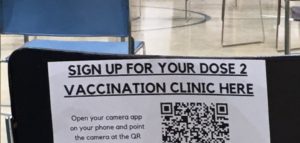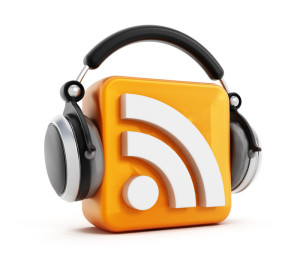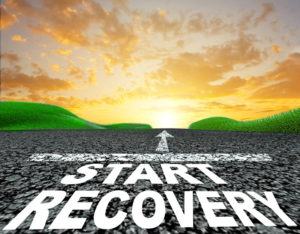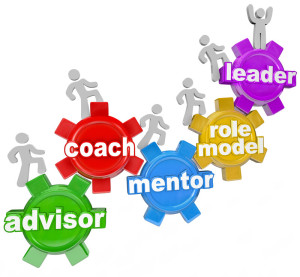This is one of those weeks where I throw out what I was writing to mark an historic moment. It has been one year since the worldwide pandemic was declared. We all remember that week. It was a week when suddenly everything we knew as normal changed.
suddenly everything we knew as normal changed.
But a year later, this same March week feels like a hopeful turning point. The CDC has released guidelines on what fully vaccinated people can do. Congress has passed the American Rescue Plan and President Biden has signed it. The President is projecting we will reach 100 million vaccine doses in arms by his 60th day in office (next week) compared to his original goal of 100 million in the first 100 days. And he has directed the states to make the vaccine available to all adults by May 1 while the federal government mobilizes thousands of vaccinators and launches a new website to help people find the vaccine site closest to them.
I wrote last week that my husband and I have received our first dose. Our “magic date” as I call it is April 10 (though I know it is about science, not magic!). That is the day after our 45th wedding anniversary. That is when we will be fully vaccinated – two weeks after our second dose appointment on March 27. Like everyone who has missed spending time with their families we are looking forward to breaking bread together again. My husband and I are talking about which of our favorite restaurants we will go to for an inside meal for the first time in over a year. And we are making plans to go somewhere for a long weekend.
I have shed tears many times this past year as I saw story after story of healthcare workers struggling to deal with overflowing ICUs and families describing the loved ones who they lost to COVID. This week I had tears reading the story of a young EMT in my town who transported many COVID patients to the hospital every day in March, then got COVID himself in April and nearly died. After many months of recovery, he is now back on the job. I had tears listening to the COVID-19 briefing on Monday. My emotions were a combination of sadness and anger as I listened to the experts unfiltered and thought about all the lies and misinformation and ignoring of science that we lived with the past year. We know the pandemic didn’t have to take the toll on this country that it did. Continue reading








